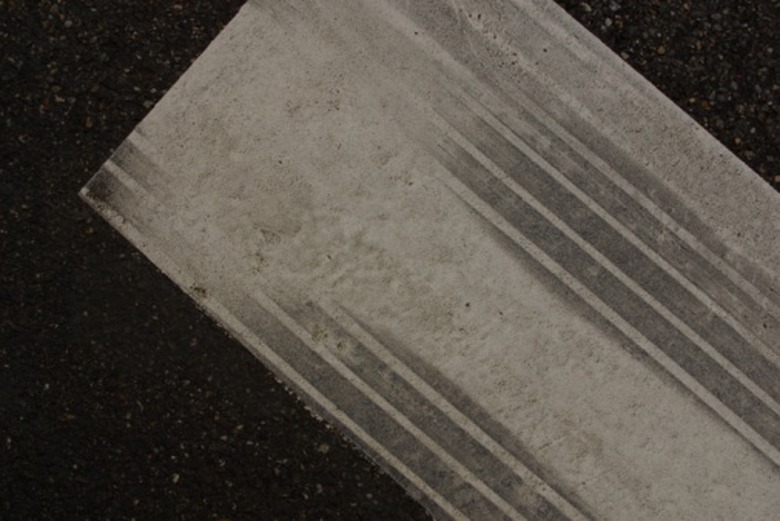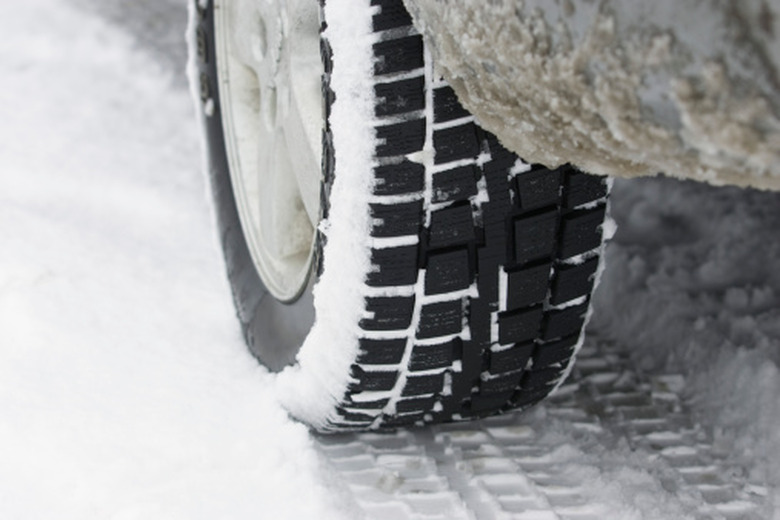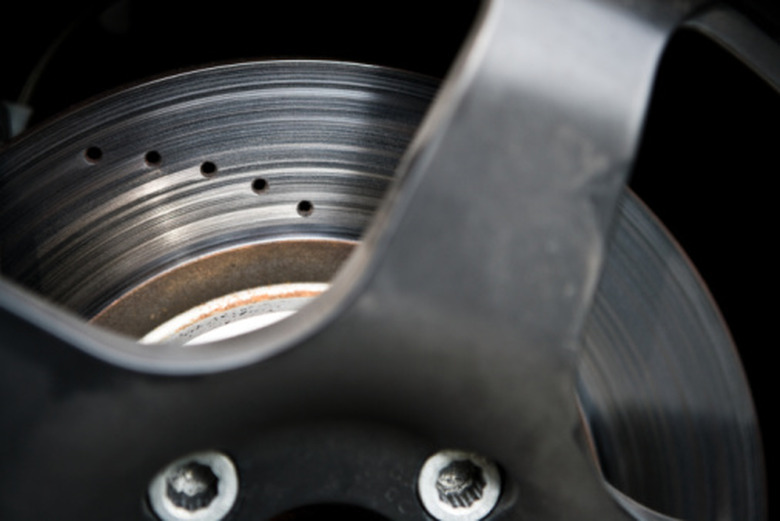How To Determine Speed In An Accident Investigation?
Accident investigators are hired by insurance companies to calculate the rate of speed during vehicle crashes, reconstruct the accident and interview witnesses and vehicles drivers under oath. Calculating rate of speed involves measuring skid marks and calculating the speed of each vehicle involved in the crash. Mathematical formulas aid accident investigators, which include variables such as weight ratios and the speed of impact for each vehicle. When injuries are present, rate of speed is crucial information for processing insurance claims.
Step 1
Measure the skid mark distance. Skid marks are caused by tires that lock and drag, creating distinct marks on roadways. Skid mark distance is measured from the start of a skid mark, which may appear light if two tires lock, and progressively darken as additional tires lock. Average skid distance is determined by calculating the distance of each tire then dividing that number by four.
Step 2
Calculate drag factor. Materials used for road surfaces differ, and include asphalt, gravel, cement and the presence of ice. Each road material has a drag factor value associated with it, which is used to calculate speed during crashes. Asphalt has a value of 0.50 to 0.90, gravel has a value of 0.40 to 0.80 and ice has a value of 0.10 to 0.25. In order to determine speed, the correct values must be used by accident investigators in the end equation.
Step 3
Determine braking efficiency of each wheel. If a vehicle brakes evenly, then four distinct skid marks will be visible. The percentage value for braking efficiency in this scenario is 100 percent. If skid marks were left by front tires only, then the braking efficiency is rated at 40 percent. Vehicles with rear wheel drive assume a 30 percent ratio for each of the front wheels and an additional 20 percent for each rear wheel that locks and leaves a skid mark.
Step 4
Formulate rate of speed. The above variables are entered into an equation to determine the rate of speed. The equation states that S=Sq.Root of 30_d_f*n. Here is an example from Harris Technical: A car skids to a stop on ashalt, leaving four skid marks with an average length (d) of 60 feet. Skid tests reveal a drag factor (f) of 0.75. Since all four wheels were braking, the braking efficiency (n) is 100 percent. Insert the values into the formula and a speed of 36.7 miles per hour is determined.Online calculators offer mathematical assistance to accident investigators, and tables are available which give investigators general speeds based upon different variables.
Step 5
Interview witnesses. Accident investigators interview witnesses under oath. During these interviews the investigator will ask the driver in question, when possible, the rate of speed he/she was going at the time of the crash. Witnesses may also provide information on speed, as estimated given their vantage point during the crash. This information helps the investigator reconstruct the accident scene and reaffirm the rate of speed during the crash.
Cite This Article
MLA
Ashley, Brooke. "How To Determine Speed In An Accident Investigation?" sciencing.com, https://www.sciencing.com/how-8070776-determine-speed-accident-investigation/. 7 August 2017.
APA
Ashley, Brooke. (2017, August 7). How To Determine Speed In An Accident Investigation?. sciencing.com. Retrieved from https://www.sciencing.com/how-8070776-determine-speed-accident-investigation/
Chicago
Ashley, Brooke. How To Determine Speed In An Accident Investigation? last modified March 24, 2022. https://www.sciencing.com/how-8070776-determine-speed-accident-investigation/





